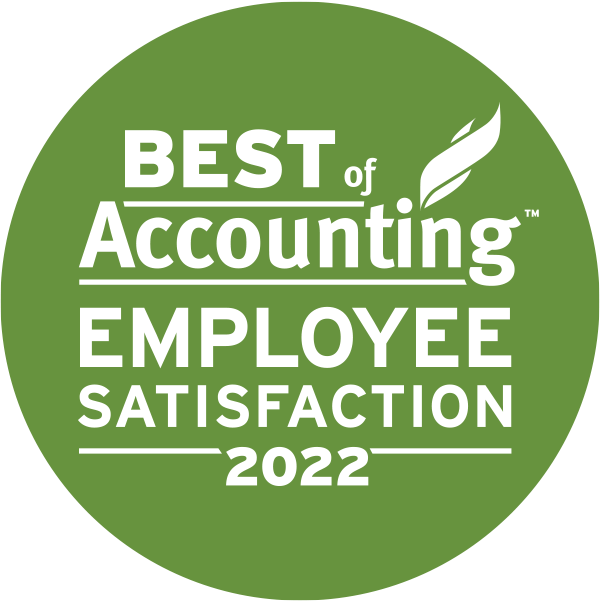Saving for retirement is a top priority among savers, with many asking the question of whether they can save enough without taking too much from the present. Canadians have two excellent tools that they can use to save: The Registered Retirement Savings Plan (RRSP) and the Tax-Free Savings Account (TFSA). Both accounts will allow you to grow your money over the long term while offering some kind of a tax incentive in the interim. However, while both accounts have good features, there are some key differences between these two accounts that could make one more suitable over the other, depending on a person’s goals and income.
When considering which account is best for you, the first step is to understand how they work.
What is a TFSA, and how does it work?
A Tax-free Savings Account (TFSA) is a government-registered account that allows members to save money throughout their lifetime without paying taxes on the interest or income that will be earned on the savings. With a TFSA account, one can withdraw money tax-free at any time and spend it on anything, including a vacation, education, or a new home. However, the government has limitations on how much one can contribute to their TFSA account, and the amount varies from year to year.
For example, the TFSA contribution limit for 2021 is $6,000. Any unused contribution room from one year will roll into the next. You can deposit your money in the account anytime you want and withdraw it whenever you want without being taxed. Exceeding this limit results in a 1% penalty on the excess contribution until it has been withdrawn.
Think of TFSA as an investment basket, where you can put anything in that basket. This can be stocks, bonds, exchange-traded funds, or actual savings. Every contribution you make to the account will have already been taxed, but any growth coming from the investments will not be taxed.
It is important to note that one must be at least 18 years old and have a valid social insurance number to open a TFSA.
What is an RRSP, and how does it work?
A Registered Retirement Savings Plan (RRSP) is a government-registered account that allows members to save for retirement while being exempt from income taxes on the contribution and earnings generated by the savings. However, later down the road, when you want to withdraw the money, you will be taxed on the withdrawals. Just like a TFSA, there is a limit as to how much you can contribute each year.
For 2021, the RRSP contribution limit is 18% of earned income you reported on your tax return (T1) in the previous year, up to a maximum of $27,830 (contribution room for 2021). For example, if you reported $80,000 on your T1 in the previous year, then your maximum RRSP contribution limit will be: 18% of $80,000, which is $14,400. When you complete your taxes for the year, the Canadian Revenue Agency (CRA) will treat your income as if you have earned $65,600, which is $80,000 – $14,400.
However, as we have noted above, it is important to keep in mind that the CRA sets an annual limit on the amount you can contribute to your RRSP account. This amount varies each year, and for this year, the limit is $27,830, and for the year 2022 the limit will be $29,210. Therefore, the rule is that you can contribute 18% of your income or $27,830, depending on which amount is lower.
Although there’s no minimum age on when you can start an RRSP, it automatically converts into a “Retirement Income Fund (RIF)” at the age of 71 at which point you can no longer contribute new funds.
TFSA vs. RRSP: What are the Key Differences?
In addition to the differences in the contribution limits discussed above, the main difference between TFSA and RRSP accounts is how your income is taxed when you contribute and withdraw. For example, when you contribute a portion of your pre-tax earnings to an RRSP, the amount will be taxed when you withdraw the money at some point in the future.
On the other hand, the earnings that you contribute to your TFSA have already been taxed, hence it is not taxed again when you decide to withdraw the money. Moreover, the income that you’ve earned on your after-tax dollars in your TFSA is also not taxed.
The main purpose of an RRSP account is to save for retirement, while the TFSA account is meant to be used for any other savings. You can withdraw any amount of money from a TFSA account at any time, but for an RRSP, you cannot take out the money penalty-free unless it is for a specific RRSP withdrawal program (i.e. the Home Buyers’ Plan).
Choosing between the TFSA and the RRSP
When it comes to savings, choosing whether to go for a TFSA or an RRSP account is easier than you think. You can decide to have both, but if you are looking to see which one to prioritize, here is a quick guide:
Prioritize contribution to a TFSA when:
- Your income is less than $50,000 and you have enough contribution room
- You do not want any restrictions when it comes to accessing your money
- You are not planning on investing in any U.S. stocks – the IRS does not recognize TFSA as a retirement account, so you’ll end up paying non-resident withholding tax
- You want to contribute as long as desired without any age restrictions
Prioritize contribution to RRSP when:
- Your income is more than $50,000 and you have enough contribution room
- You want to invest in U.S. stocks – the IRS recognizes RRSP as a retirement account and you will not need to pay any withholding taxes
- You have excess savings: your TFSA is maxed out and you have enough ‘emergency cash’
- You want to save up for a house and keep yourself disciplined
Contact McCay Duff LLP in Ottawa for Skilled Financial and Retirement Planning Guidance
So, TFSA or RRSP? Which option is best for you will depend on your income, your lifestyle, and your goals. If you’re unsure how to best hit your saving goals without sacrificing too much, we highly recommend contacting your accountant to discuss what’s the most suitable formula for you.
An experienced financial specialist can provide much-needed guidance and strategy with respect to tax and financial planning with an eye towards retirement. If you have questions about maximizing savings and minimizing tax obligations, you should seek advice from a member of our team.
The financial specialists at McCay Duff LLP in Ottawa will review your particular circumstances and recommend a financial plan that will provide the most benefit to you now and in the future. To learn more about how we can assist you, please contact us online or by telephone at 613-236-2367 or toll-free at 1-800-267-6551.





